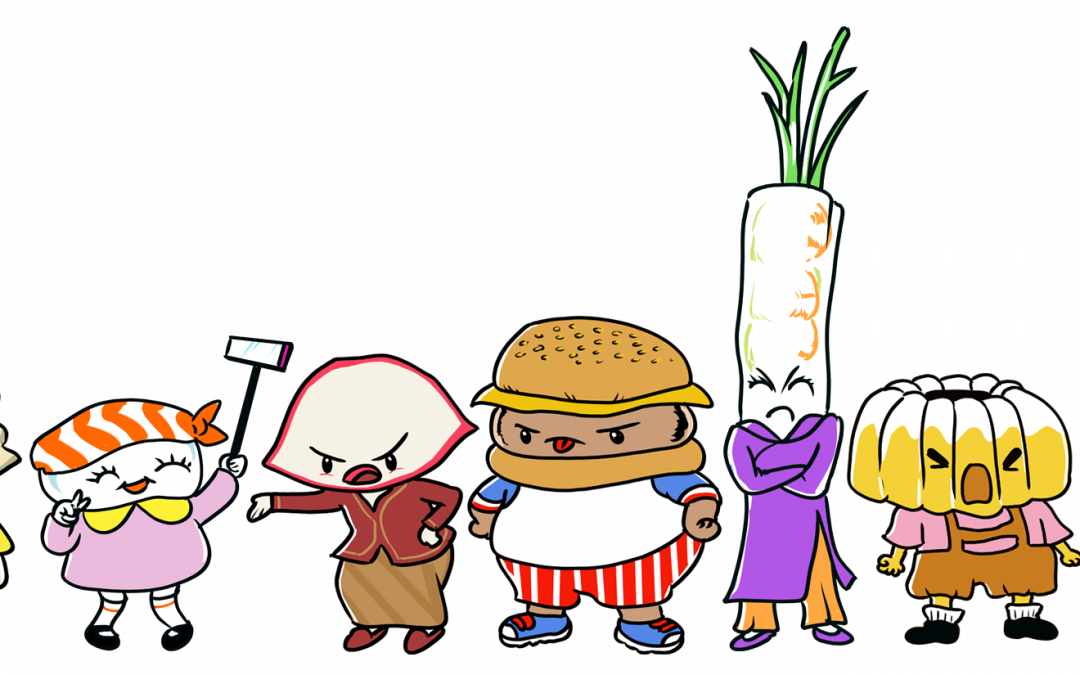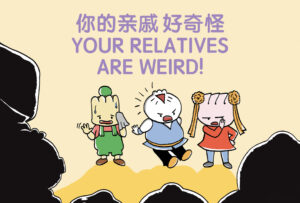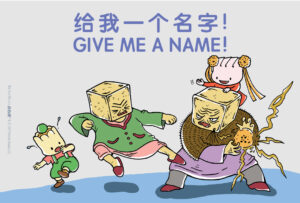Benefits of Workplace Diversity
At lunch today, I learned that in Taiwan, someone who is stingy, fusses over little things and is cheap can be described as “小氣吧啦 (Xiǎoqì ba la)”. I also learned that this person would be described as “kuripot” in Tagalog. And my “Singlish” contribution to the discussion was that this person could be described as “ngeow”.
This is one of the benefits of diversity in the Dim Sum Warriors workplace—deeply interesting cultural and linguistic exchanges on a daily basis! But truthfully, workplace diversity has its challenges.
Benefits of Workplace Diversity
The Dim Sum Warriors brand was created with embracing bilingualism and multilingualism, language diversity, and cultural diversity as a key pillar of its purpose. This purpose means that we have to embrace diversity not only in our content, but also embrace diversity in our workplace.
In Harvard Business Review article, “Why Diverse Teams Are Smarter” (https://hbr.org/2016/11/why-diverse-teams-are-smarter), David Rock and Heidi Grant looked at research on stock-picking, innovation in companies, crime analysis, and found that diverse teams simply make better decisions than homogenous teams. Reasons include a greater likelihood that team members would examine their biases, reduce factual errors, and produce more accurate thinking.
In the Dim Sum Warriors team, we have a diversity of nationality, ages, and languages, and one advantage of this in our daily work is to make us question what we have assumed to be “normal”.
Take pronunciation, for example. In Taiwan, to pronounce “和” (“and”) as “hàn” is very common, while in Singapore and in Malaysia, it is simply wrong. When our Taiwanese illustrator asked, “Why do Singaporeans and Malaysians think that “hàn” is wrong?”
We realised we had assumed that there was only one single pronunciation in Chinese of “hé”, and that the “other” must be wrong because it’s “invisible” to us, while “ours” must be the “norm”.
Whether in English or Chinese, our team has learned, in the course of our work, to question what we have assumed all our lives to be the only “correct” version of a term or phrase.
Another advantage for a language-learning edtech company working in a global market is that we have different sets of knowledgeable eyes who can look at how our stories and languages will be read in the different communities that our staff are a part of.
One team member told her that her friend was surprised to see the exclamation, “Aiyah” written in English, and somehow, that felt strange to her. Another team members was surprised that “rap” could be translated as 饶舌 “ráo shé” instead of 说唱 “shuō chàng”. These have helped us make purposeful decisions about our choices or language, characters and stories, and look at the best ways of fulfilling our promise as a content and edtech company to embrace language and cultural diversity.
Challenges of Diversity
There are of course significant workplace diversity challenges. Decisions take a much longer time to make as we take different perspectives into account. Questions during meetings are more than a homogenous group because what we assume to be “normal” is always questioned. Communication also takes a much longer time as we need to pass text messages and emails through Google Translate before replying. It does take much more energy explaining yourself than if we all understood each other naturally.
However, as we work through these challenges, our team feels that each of our worlds are growing bigger and more interesting, and our work is getting stronger, better, and more global because of these interactions.
Best Practices
-
-
- Call people by the names they want to be called. Pronounce them correctly.
- Do not assume that someone’s views are “weird” – they are just different and possibly invisible to us.
- Try to learn something, regularly, of each other’s language and culture
- Lean in to find ways to communicate and understand, always assuming that there is a way.
-
Relevance for Kids
At Dim Sum Warriors, we want the kids who read our stories to embrace diverse languages and cultures, and that can only happen if our workplace itself embraces diversity. In PISA’s (the OECD’s Programme for International Student Assessment—the yardstick according to which all schools worldwide are judged) global competence framework, there is the recognition that “global competence” is essential for success in our globalized world. One of the key dimensions is to get young people to “recognize and challenge biases and stereotypes” (https://www.oecd.org/pisa/innovation/global-competence/).
What is meaningful workplace diversity? In our team’s experience, it is the deliberate recruitment of people of different nationalities, races, linguistic and cultural norms, and providing the space and time to question our own cultural and linguistic norms. That way, we move away from “group think” to “global think”.
Dr. Yen Yen Woo works on educating for a multicultural and multilingual world through popular culture. She most recently co-created the Dim Sum Warriors app, characters and stories for Bilingual Learning. She has a Doctorate in Education from Teachers College, Columbia University and has been a tenured professor of education. She is also an award-winning film director and screenwriter. Her works have been licensed by HBO and Netflix and featured on BBC, Fast Company, Wired, and other global publications. Email: yenyen@dimsumwarriors.com.



